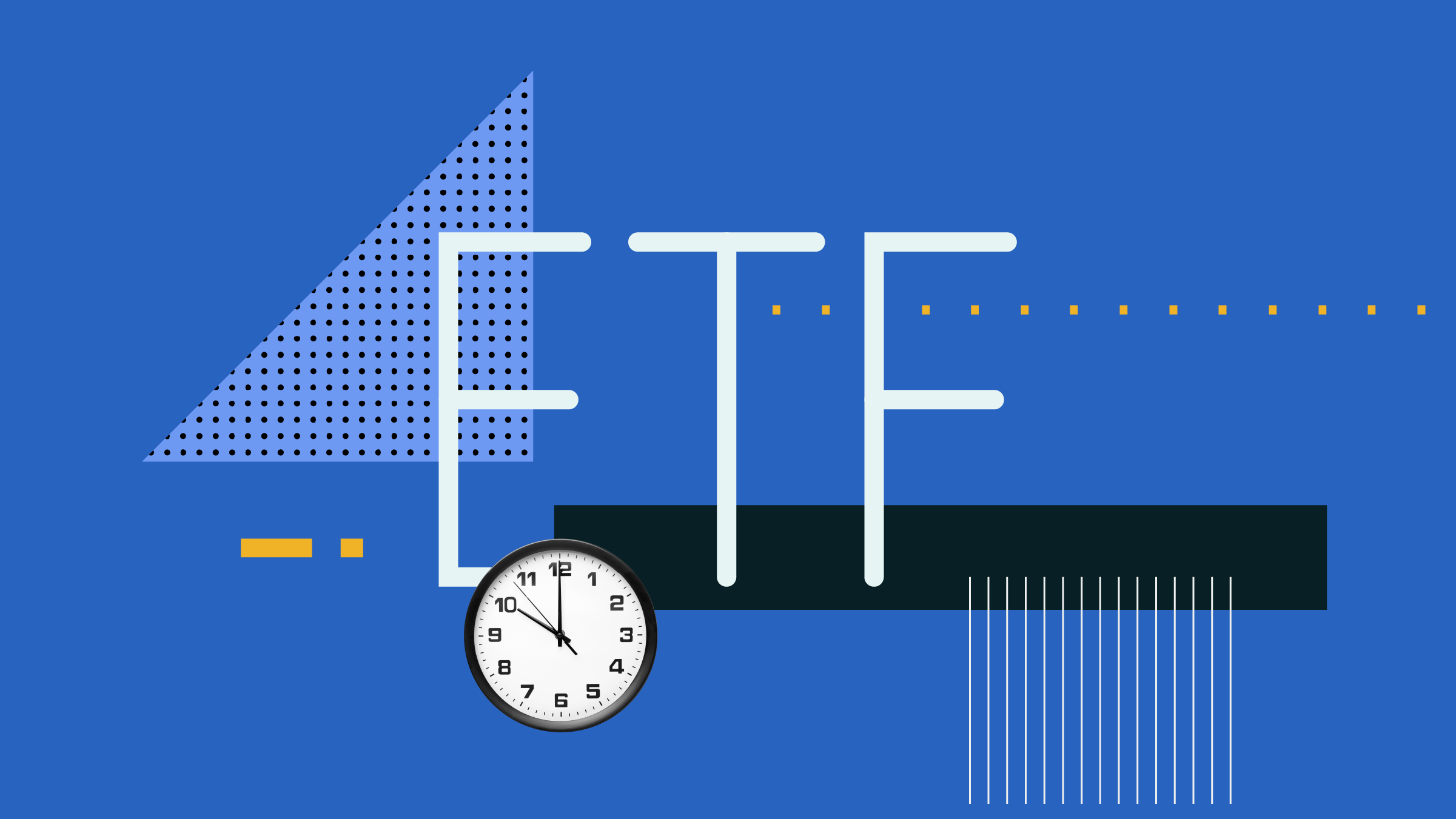Sonya Dreizler: Hi, my name is Sonya Dreizler. I'm joined today by Phuong Luong, and we are here to talk about building generational wealth for all families. Welcome, Phuong.
Phuong Luong: Thank you. Thank you. So great to talk to you about this important topic. Yeah, I'm excited to be here.
Dreizler: Well, let's just jump right in. We have likely all heard the term racial wealth gap. What does that mean? Where do we stand? And how did we get here?
Luong: Yeah. So, big questions, but it's important to cover because not everybody knows what the racial wealth gap means or what it's referring to. And actually, to start us off, I'd like to rephrase that term. I don't really like to use the term racial wealth gap. I'd rather say racial wealth divide. And it's not just something I've created or stated. It's because when we think about gaps, we think about a small distance that we could just jump over. But actually, when we say divide, that points to the real issues. There are true barriers—structural, interpersonal, and wealth barriers—that exist between the level of wealth that certain communities in the United States have versus other communities. And when I say communities, I'm talking about in terms of gender, race, ethnicity, there are definite wealth divides here, not just in terms of the numbers, but also in terms of the opportunities and blocks that are in place for certain communities over others to build or to lose wealth.
So, how did we get here? It's a long history, super long history, starting from the founding of this country, land theft, slavery, all the way to blocking who can start a business, who has the ability to go to school for a fair cost, who is allowed to purchase a home in a certain area, and I'm referring to redlining, for example. We can talk about all of these things, but there are so many resources available online throughout history that so many financial advisors don't learn about in our studies to become financial services professionals. And that's something that happened to me as well. I was actually a teacher in a past career. And then, I worked at nonprofits, working with people living in public housing, before I became a certified financial planner, and in grad school, my K-12 schooling for my own education before I went to college, even to my CFP studies, I did not learn about this financial history, and I think it's a real shame. I think it's a huge gap in our knowledge. I believe financial literacy must include financial history. And so, yeah, there are so many things that apply from history all the way to current times.
Dreizler: Can I jump in on something you said there? You mentioned financial literacy, and in our space, we've seen a really big push for that in recent years. And I'm wondering if you can comment on how that plays in here.
Luong: Absolutely, absolutely. I'll share just a quick anecdote that happens to me often. When people ask me what do I do for a living, and I share with them I'm a financial planner, I'm a financial educator. For many people, their access to financial education is through financial literacy, right? They might have heard that term or maybe they've attended a workshop before in their past. Or maybe they've read some articles online with financial advice, and they say—in order to connect with me—they say, "Wow, you know, financial literacy is so important," and oftentimes I hear, "We should teach that in schools. We should definitely teach financial literacy in schools." And in the past, whenever I heard that comment, I would get a little annoyed because what I've heard then, and oftentimes people do use the term financial literacy to say that poverty wouldn't exist, that we wouldn't have these racial wealth divides or gender wealth divides and people would be more secure and stable if they learned how to manage their money better.
Dreizler: Right. Like all the folks who are living in poverty are ... all that's in between them and poverty is somebody coming in and teaching a little financial literacy in elementary and high school.
Luong: Exactly, exactly. Budgeting, how to use a credit card, how to save. And to be sure, financial literacy is important, especially in this day and age, we have to understand how to use these financial products that are around us and employee benefits and health insurance and just so many things that are required for a secure and stable life in the United States now has been privatized. So, these products are important in our lives because we have to understand how to use them effectively and how to not be taken advantage of when we're confronted with them.
At the same time, I think the term financial literacy and the idea of financial education often blocks further discussion around structural and contextual issues of why people are living in poverty and also why people are very wealthy, because it's two sides of same coin, right? Poverty cannot exist without extreme wealth, and we're seeing that play out even more, not just in the United States—I know we're focused on United States today in our discussion—but around the world. It's a whole system, and they work together. This is why I like to remind people that financial literacy needs to include financial history, because if you don't talk and learn about financial history and read about it and engage with that history—but also the current day stuff that's still happening that stems from that history—then we so often blame ourselves, blame individuals for the state that they're in rather than looking at the big context of why there are so many barriers in place for people to build wealth and to have financial security.
Dreizler: Are there any other tools or strategies, learning resources that you want to add, or if there's something that people could do. They've finished watching this video, they're inspired, want to learn to take next steps? What do you suggest?
Luong: Two things. One is a book that I recommend every time someone is interested in this topic is The Color of Money by Dr. Mehrsa Baradaran. Fantastic book. It's a survey of the history but also the current day impacts of this history that we're talking about around banking and capitalism and how what we're seeing here today, talking about, really does apply to all Americans, and it's impacted all of us.
And the second resource that I want to share is a guide to transformative investments and how to evaluate them from a group called Resource Generation, which is an incredible advocacy group of young people with wealth, who are redistributing and reinvesting it according to their values. Look up something called the Transformative Investment Principles that's on their website and free to read and available to anyone who wants to read it. I'm sending it out to a lot of advisors because it's a really, really concise, really in-depth review of how advisors can change their practices for the better if they want to make structural change with their work.
Dreizler: I'll just ask one more question. How about not specifically in learning or advising clients one-on-one, but are there changes inside of a practice, say, referrals, staffing, are there other changes—ways of communication—are there other things that advisors should at least have in mind as they're considering all of this new knowledge and trying to incorporate it in a way that serves their existing clients and hopefully a wider group of prospects and future clients?
Luong: Yeah, absolutely. One thing I would recommend is for firms that provide or seek professional education and ongoing continuing education for their employees to include topics on financial history and racial wealth divide. There are so many materials out there to bring to your firm. And then, another thing is to really look at your hiring practices, and this goes to any employer, to look at your hiring practices to see are you recruiting and seeking out the best talent for your firm? Or are you paying attention too closely to things like personal background, things that are code, for level of education, for internships that they might have done in the past, experiences they might have done in the past, because in my experience, personally as a person of color but also in a hiring role previously and where I was working before, so often as a hiring manager we could look at false markers of competence when we look at just really superficial things and not actually assess the person in front of us. And be ready to train them because we know in our field it is male dominated and it is dominated by white professionals, right? The lack of people of color in financial services is an issue that we can all tackle in different ways, and hiring and recruitment is one of them.
Dreizler: I could talk about that topic all day. Got the topic for another video, perhaps. I really appreciate you being here with me today.




















